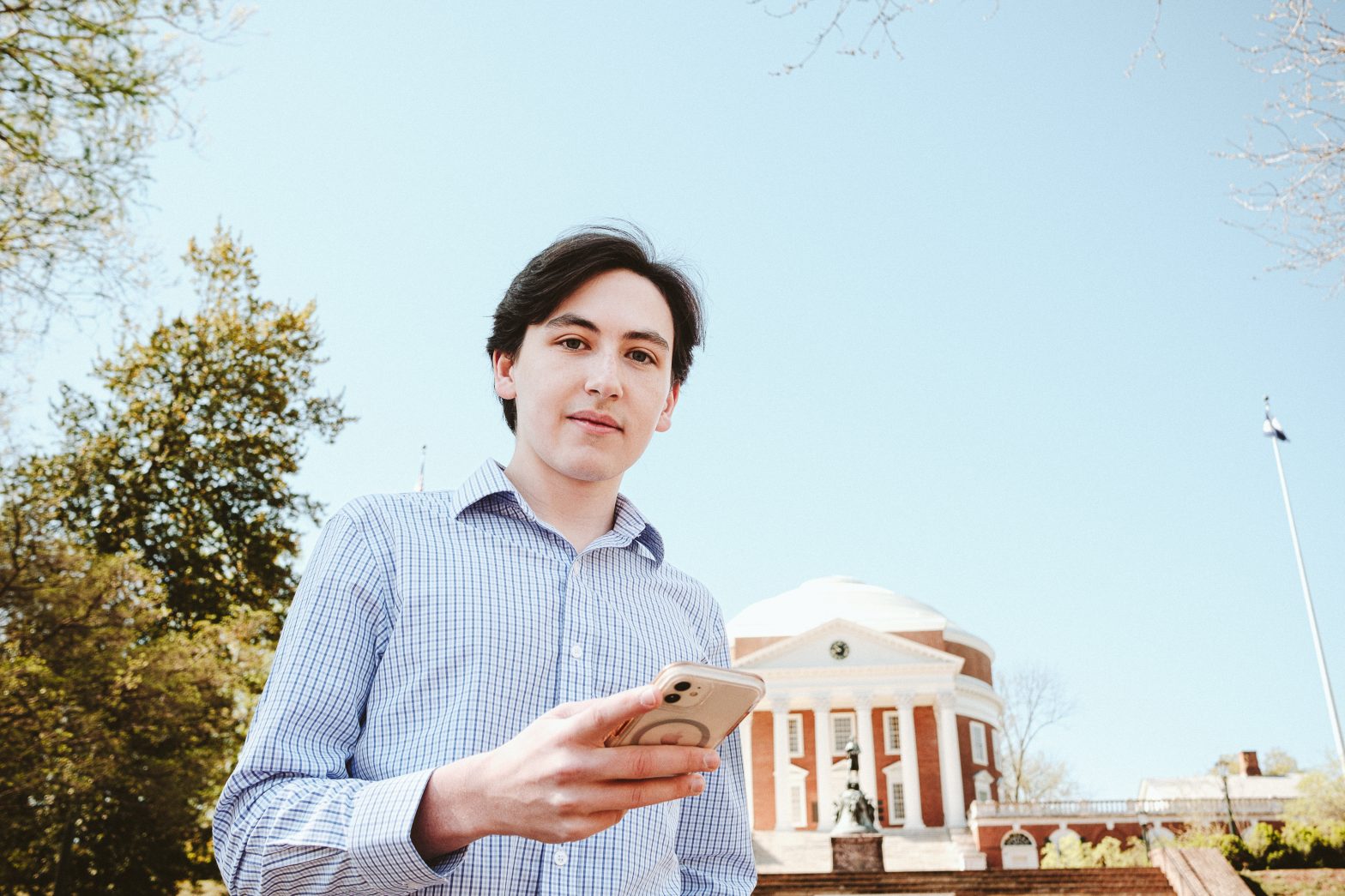A University of Virginia first-year engineering student has developed a smartphone app that enables high school students to more efficiently alert administrators to crises on school grounds.
The Safeline app was built by Alexander Halpern, who designed the software around an anonymous reporting system. Using a map of their school, students can pinpoint specific locations to report incidents ranging from vandalism, fights, and mental distress, to strangers and active shooters.
The app is planned to roll out as a pilot this spring, free of charge, at a public high school in Connecticut, and as a beta at a private school in Virginia.
Halpern was inspired to create Safeline after experiencing the many lockdown drills that have become the norm at schools across the country. “As I matured, those 30 minutes of silence gave me time to grapple with the unnerving reality that school shootings had become a commonplace occurrence in our society,” he said in a press release.
“I started to think about what resources students could have in the event of an incident occurring at a school,” Halpern told C-VILLE. “I found that it could be really interesting to add an element of location-based reporting, because that could greatly reduce the incident response time.”
Students who download the Safeline app are presented with a blueprint of their school overlaid on a satellite image. In the event of a crisis scenario, users can tap a location on the map or simply report their phone location to indicate where an incident has occurred or is developing. School administration and security then receive instantaneous alerts through text or email notifications, in addition to a beeping sound if they have the Safeline Administrator Dashboard open.
Halpern says his app is designed to be anonymous, but, to prevent abuse, students must enter their phone number to log in.
“The reports will be anonymous in that their name is not tied to the report whatsoever,” says Halpern. “But if a student keeps abusing the service or keeps reporting incidents that are not actually occurring, the administration could try to figure out who the student is by their phone number or they could set limitations … on which students can report.”
Halpern began development of Safeline over the summer, before arriving at UVA in the fall. He built the prototype entirely by himself in his free time, using Meta’s React Native for the app and ReactJS for the Administrator Dashboard. Halpern fine-tuned the app during his first year at UVA between classes and on weekends.
The prototype was completed in about a month, after which he presented the project to the director of digital learning and technology for the Connecticut high school. He and the director have worked together for the past six months to further develop and pilot the app.
“I’ve been going back and forth with him for a long time,” says Halpern, “securing the Safeline platform, and making sure it’s secure to outside threats as well as upholding the concerns [and regulations] of a public school.”
A key feature of Safeline is its ability to facilitate swift and clear communication during potential active shooter situations. He personally experienced an active shooter scenario in November 2022, when three UVA student-athletes were shot and killed on Grounds, and UVA police urged students to “RUN. HIDE. FIGHT.”
More than a dozen incidents of gun violence have already occurred at schools and universities across the United States since the start of 2023, including a deadly shooting at a private Christian elementary school in Nashville and another at Michigan State University. According to an article in The Washington Post last updated on April 3, 377 school shootings have happened in the United States since the Columbine High School massacre in 1999—and 2022’s 46 school shootings marked the highest annual total across that same timespan.
Halpern says that he is committed to stopping gun violence in schools nationwide.
“It would be amazing for [Safeline] to be in thousands of schools across the country, and helping students to be able to play a role in keeping their school environment safe and potentially saving lives across the country,” he says. “That would be the ideal goal.”
The app is currently on iOS devices only but will be available on Android soon. To learn more, visit yoursafeline.com.
